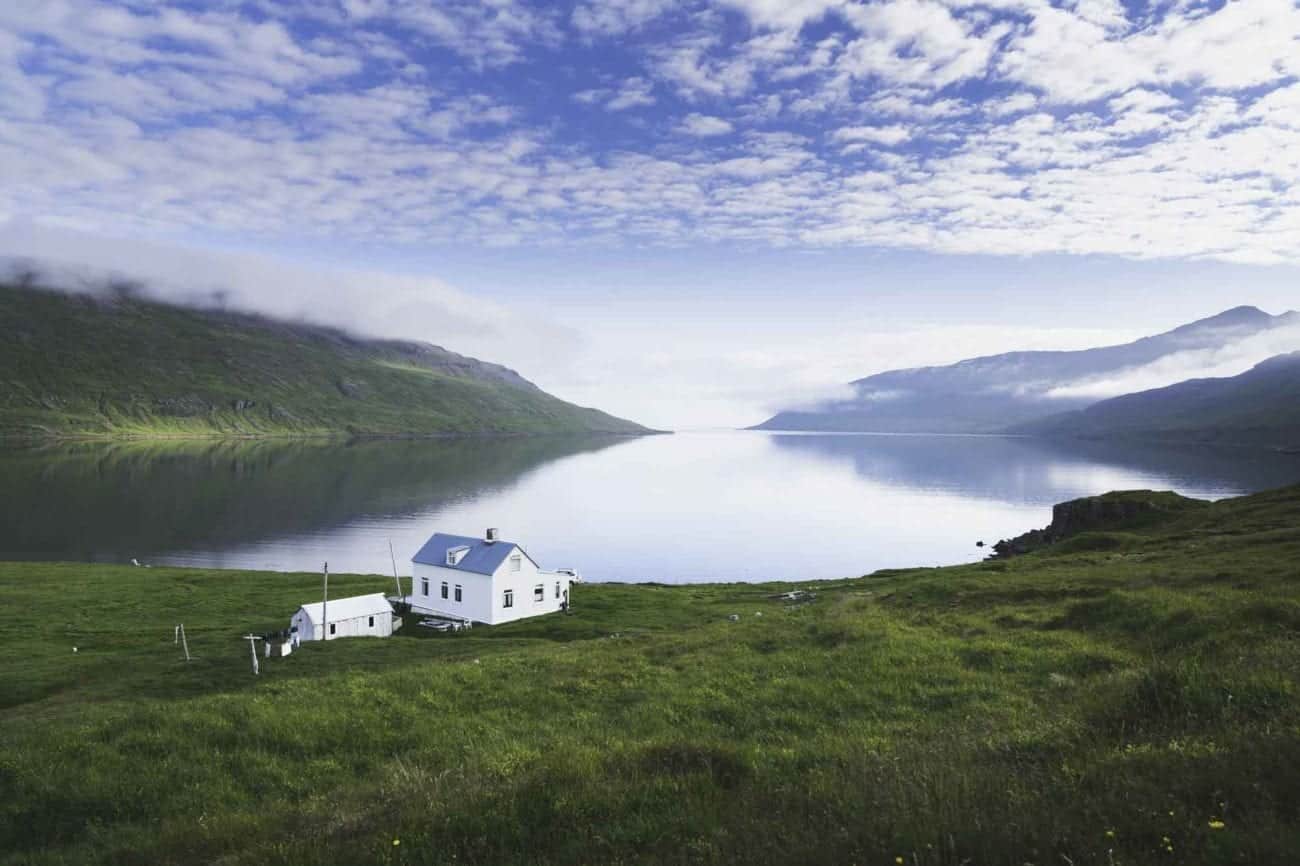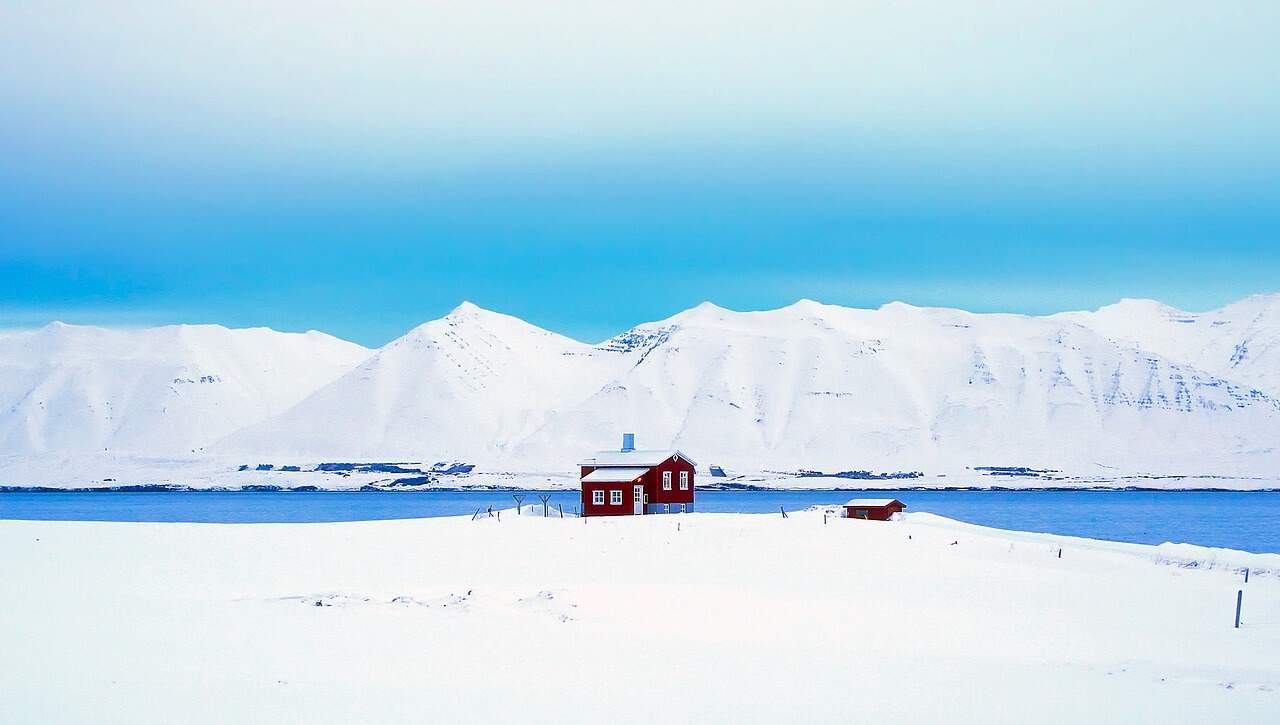Westfjords

The Westfjords are one of Iceland´s most sparsely populated regions, and a large part of them is uninhabited nature reserve meant only for hikers. Sport activities such as heli-skiing and kayaking are popular activities. Cultural attractions range from a witchcraft exhibition to a major pop-music weekend festival.
The Westfjords are the so-called “head” of the monster that many people see when they look at Iceland on a map. Land meets water in the most dramatic way imaginable, with sheer mountains rising from the sea, and deep fjords dotted with occasional fishing villages snuggling against the slender seaboard.
Nowadays, many farms are deserted and there are enormous stretches of land without any (human) inhabitants. Driving around the fjords you can spend an hour without seeing a single settlement, with only the company of eagles, sheep and the occasional arctic fox!
Today, the population of the Westfjords is about 7.115 (2020). However, in 1920 it was higher, at 13.443 residents. The biggest of the settlements is Ísafjörður, often dubbed the “Capital of the Westfjords.”
Things to do in Westfjords
- Hiking
- Bird watching
- Sea Kayaking
- Skiing
- Chasing Waterfalls
- Bathing in natural hot spring pools
- Visiting the Arctic Fox Center
- Finding inner peace at Rauðisandur beach
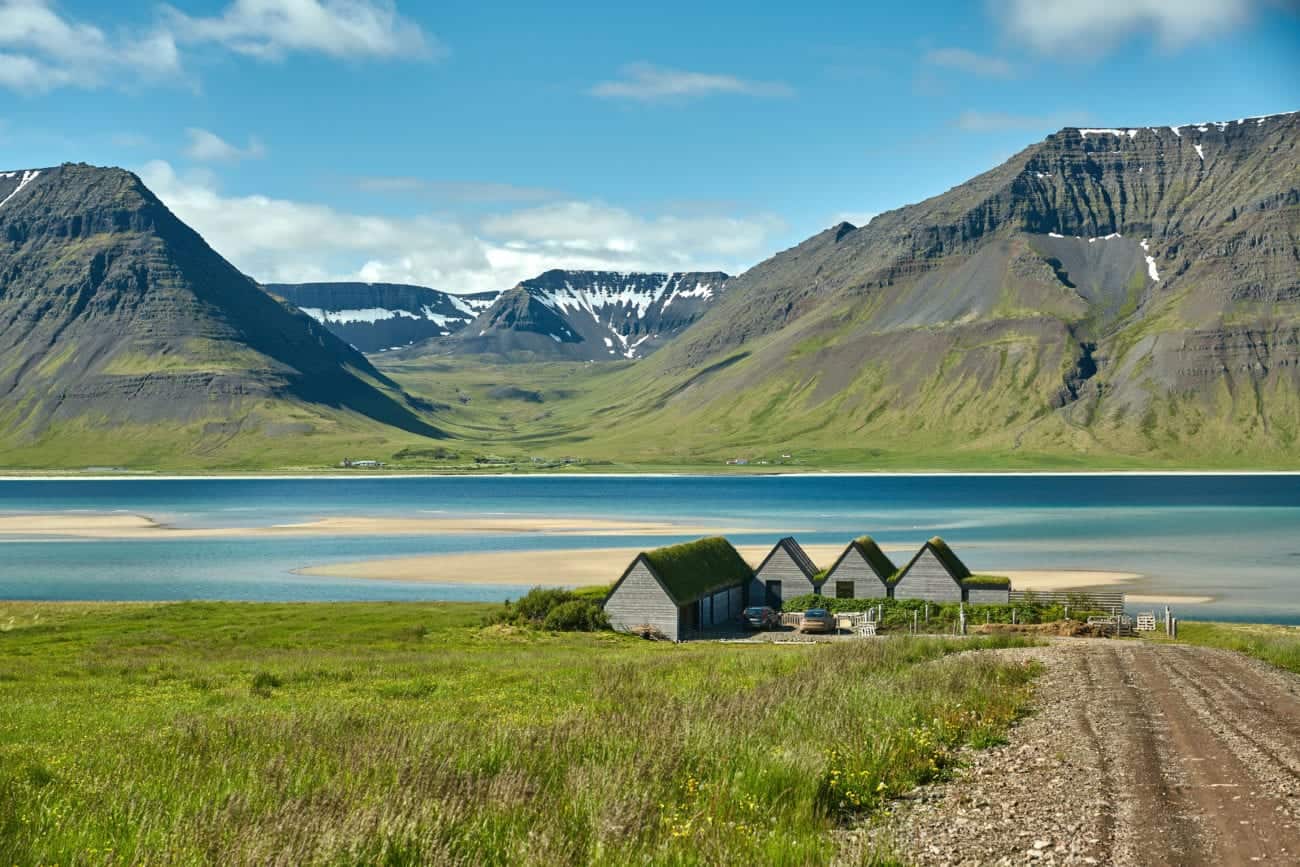
Ísafjörður has a population of over 3.500 people. It is known for its excellent restaurants, as well as being a town whose residents enjoy artistic pursuits and outdoor sports. Additionally, many of Ísafjörður’s neighbouring villages are also worth a visit. Some of our favourite ones are Bolungarvik with its Natural History Museum, Holmavik with its Icelandic Sorcery and Witchcraft museum and Bildudalur with its Sea Monster Museum.
Activity possibilities in this part of Iceland are endless. In the wintertime, extreme sports enthusiasts travel to the Westfjords for heli-skiing, where you ski straight from the top of a mountain down to the sea. Mountain biking, hiking, paragliding, horse trekking, mountaineering, you name it: the Westfjords has it all.
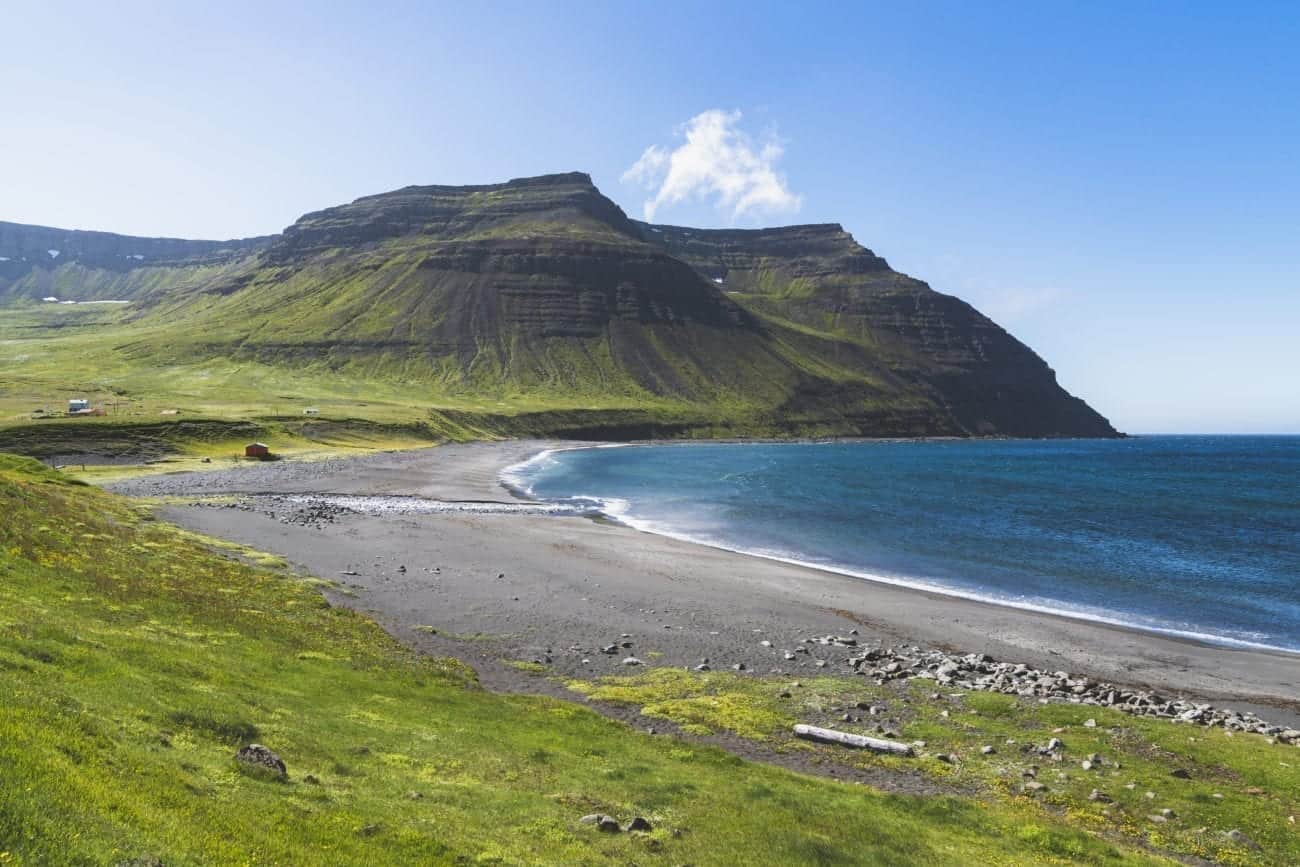
For calmer activities, there are several golf courses in the region, and sea kayaking is a peaceful way to spend the afternoon exploring the picturesque fjords. Outdoor bathing in natural hot springs is a common activity the locals enjoy; there are many hidden bathing spots in remote locations. Many locals spend their summer months in the Westfjords hiking the countless mountains and ridges that dominate the area. One of the more popular hiking areas is the Hornstrandir Nature Reserve, which offers incomparably breathtaking views and serenity!

For animal lovers, the Arctic Fox Centre is a guaranteed hit. This place and its focus on the charming foxes will make your cheeks ache smiling at all the adorableness.
Fun Facts about the Westfjords
– Here are the towns and municipalities in the Westfjords: Reykhólahreppur, Vesturbyggð, Tálknafjarðarhreppur, Bolungarvík, Ísafjarðarbær, Súðavíkurhreppur, Árneshreppur, Kaldrananeshreppur, Strandabyggð and Bæjarhreppur. Try saying those out loud!
– Geologically, the Westfjords are the oldest part of Iceland.
– You can fly from Reykjavík to the Westfjords in under an hour.
– In winter, some days go by without any sunlight reaching down the mountain slopes and into the villages.
– The Westfjords have one glacier, Drangajökull.
– The largest town in the Westfjords has less than 4.000 people living there.
– In the autumn (late August – mid-October), the western hills turn blue with wild blueberries and crowberries. They are good until the first frost!
Culture and history in the Westfjords
If you want a bit of social life and culture in your visit to the Westfjords, Ísafjörður offers plenty of social activities, with several cafés, a thriving harbour and annual festivals such as the Swamp Soccer Tournament and the Easter-weekend music festival Aldrei fór ég suður.
Although the Westfjords are the least active volcanic region in Iceland, they offer excellent natural sources of hot water bubbling from the ground. Thankfully for us, this means even more swimming pools than usual. This means that any little village or hamlet will have its own pool, and some farms even have one! Make sure to keep a lookout for the swimming pool road signs and ask the locals.
The Westfjords were legendary in the olden times for sorcerers and wizards, and today the village of Hólmavík hosts a museum about this historical heritage that many visitors find fascinating.
Birdlife in the Westfjords
The Westfjords are rich in birdlife, and birds outnumber the inhabitants many times over. You can view seabirds on their rugged cliffs around the region. Breiðafjörður bay is a mecca for birdwatchers, and there you will find the three largest bird cliffs in Europe. The most famous cliff is Latrabjarg, which also happens to be the westernmost point of Europe!
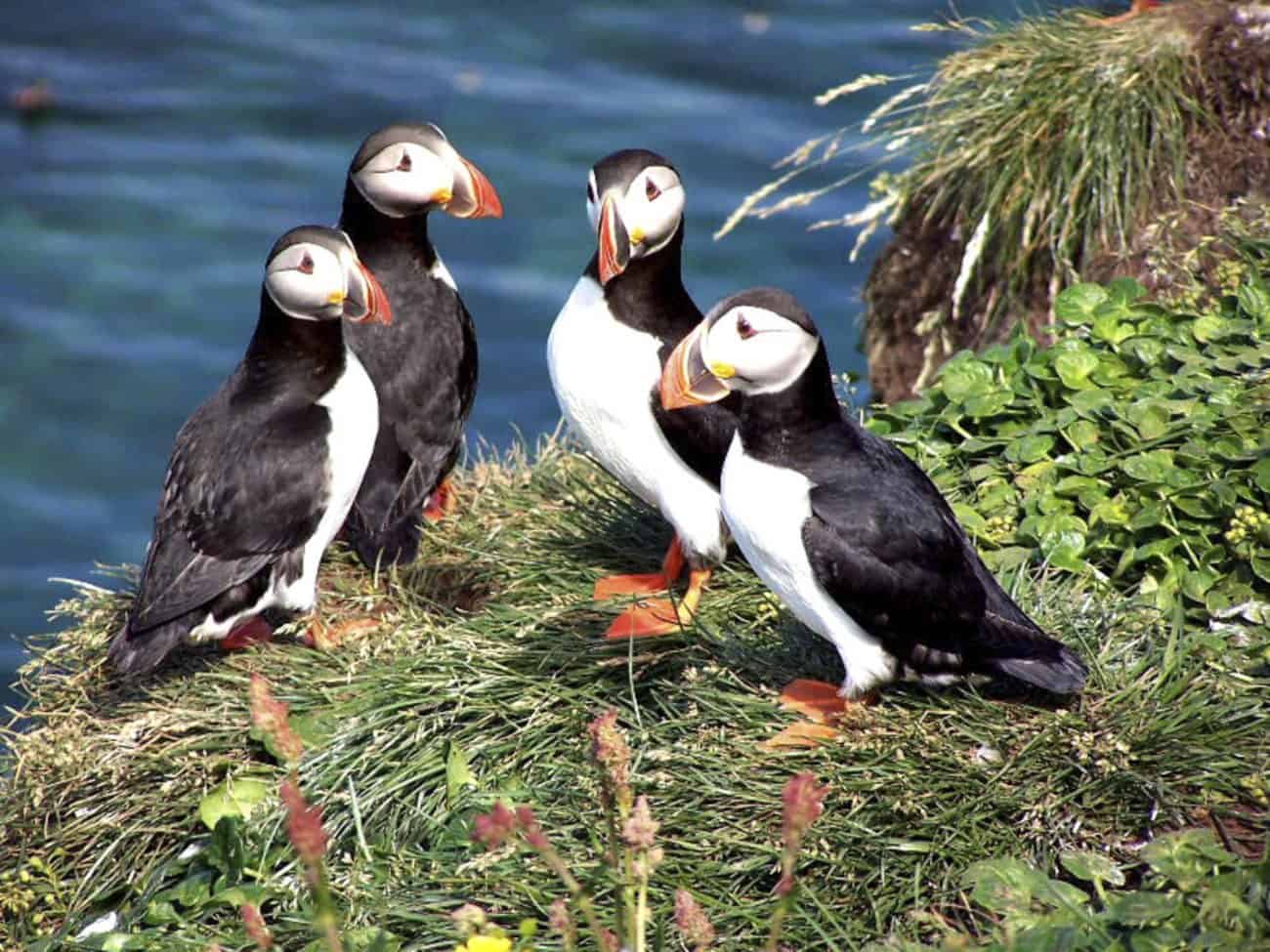
However, when visiting it is important to follow instructions carefully and make sure not to get too close to the edge of the cliff. There is a reason why only flying creatures choose this place as their home.
Natural wonders in the Westfjords
One of the most spectacular and majestic waterfalls in Iceland is Dynjandi, located in Arnarfjörður fjord. For that sight alone, a trip to the Westfjords is worth it. The spectacular way it cascades down the steep mountain slope makes it one of the most beautiful waterfalls in Iceland.
Another spot we can’t help but mention twice is Hornstrandir Nature Reserve. It’s rather remote and off limits to all motorised traffic, so the pure and wild nature makes it an ideal destination for hikers and nature lovers alike.
On the southern shore of the Westfjords is the Rauðasandur beach, the Red Sand Beach. A lot of people associate Iceland only with black beaches, but Raudasandur beach throws that assumption out the window, with its golden and red colours set in magnificent surroundings of black cliffs and blue ocean.
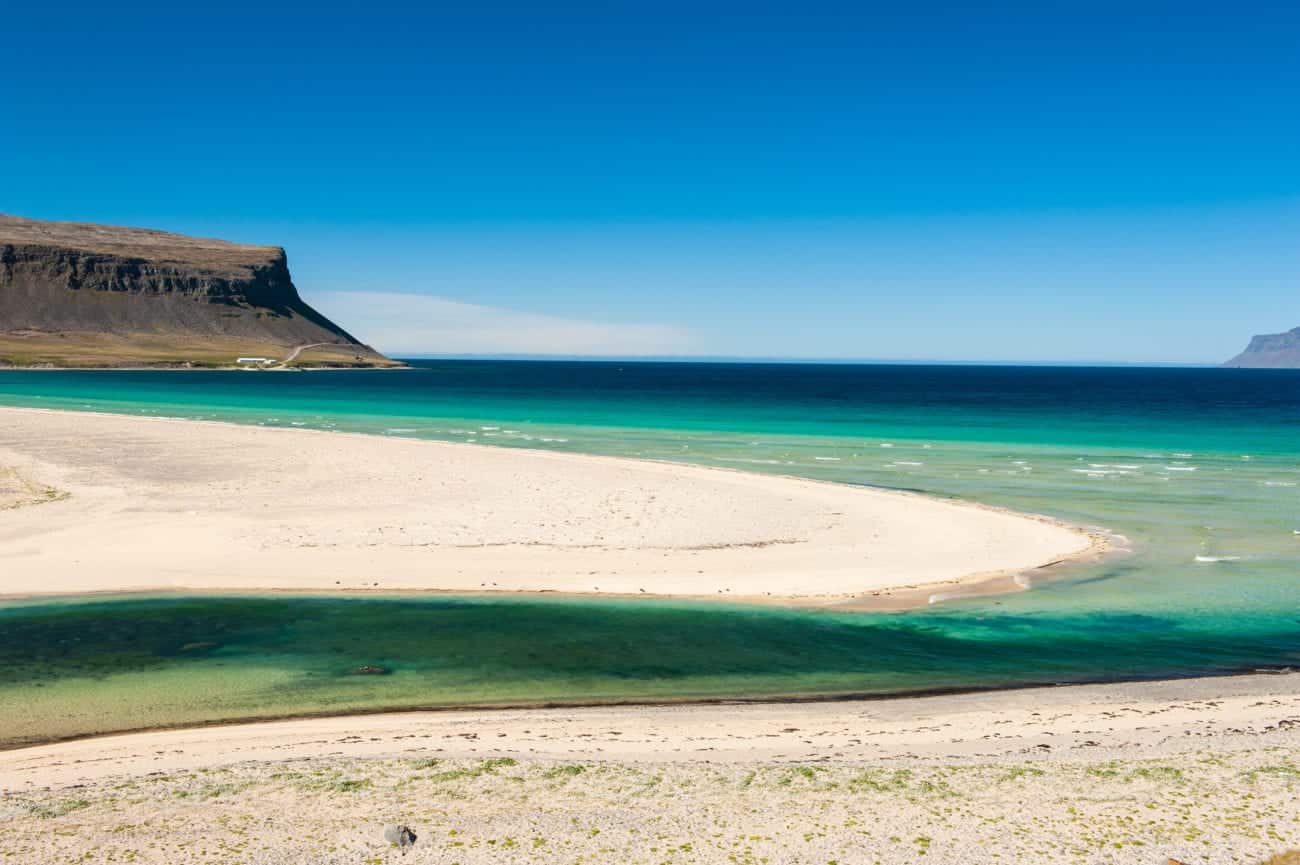
For more detailed information about attractions, villages and activities in the Westfjords be sure to go through our destination guide.
